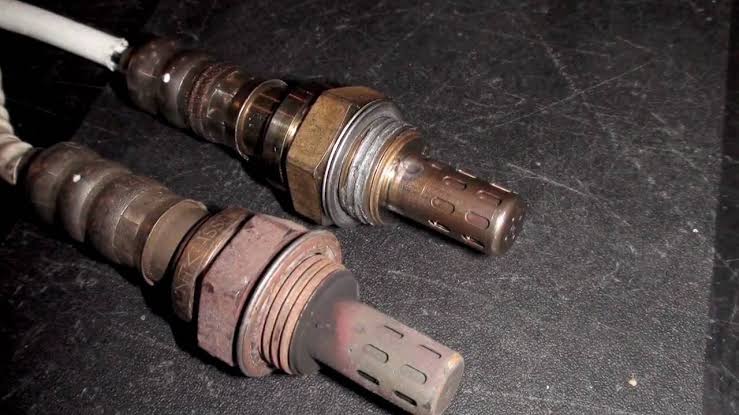How to Tell If Your Oxygen (O2) Sensor Is Bad

The oxygen sensor (O2 sensor) plays a crucial role in monitoring your vehicle’s exhaust gases and ensuring the engine runs efficiently. A failing O2 sensor can cause poor fuel economy, rough idling, engine misfires, or even a check engine light. Identifying a bad O2 sensor early can prevent engine damage and costly repairs.
In this guide, we’ll cover the common signs of a bad O2 sensor, how to test it, and when to replace it.
Symptoms of a Bad O2 Sensor
1. Check Engine Light (CEL) Is On
- The most common sign of a failing oxygen sensor is the check engine light turning on.
- Common O2 sensor-related trouble codes include:
- P0130 – P0135 (Front/Upstream O2 sensor issues)
- P0140 – P0145 (Rear/Downstream O2 sensor issues)
- Use an OBD2 scanner to check for codes related to the oxygen sensor.
2. Poor Fuel Economy
- A faulty O2 sensor can cause the engine to run too rich (too much fuel) or too lean (not enough fuel).
- You may notice decreased miles per gallon (MPG) and higher fuel consumption.
3. Rough Idling and Engine Misfires
- A bad O2 sensor can cause an unstable air-fuel mixture, leading to:
- Rough idling (engine shaking at stoplights)
- Hesitation or stalling when accelerating
- Engine misfires, especially when starting or at low RPMs
4. Rotten Egg Smell from the Exhaust
- If your car’s exhaust smells like rotten eggs (sulfur), it could mean:
- The O2 sensor is failing and causing excessive fuel burning.
- The catalytic converter is getting damaged due to unburned fuel.
5. Failed Emissions Test
- A bad O2 sensor can cause your vehicle to emit higher levels of pollutants, making it fail an emissions test.
- If your car fails an inspection, the oxygen sensor is one of the first components to check.
6. Black Smoke from the Exhaust
- If the O2 sensor fails, the engine may burn too much fuel, leading to:
- Thick black smoke from the exhaust.
- Excessive carbon buildup on spark plugs.
How to Test Your Oxygen Sensor
Step 1: Use an OBD2 Scanner
- Connect an OBD2 scanner to check for O2 sensor-related trouble codes (P0130-P0167).
- If these codes appear, the sensor may need cleaning or replacement.
Step 2: Perform a Voltage Test with a Multimeter
- Locate the O2 sensor (usually in the exhaust manifold or near the catalytic converter).
- Start the engine and let it warm up.
- Set a multimeter to DC voltage and connect the probes to the sensor’s signal wire.
- A good O2 sensor should cycle between 0.1V (lean) and 0.9V (rich) continuously.
- If the voltage stays constant or out of range, the sensor is bad.
Step 3: Inspect the Sensor for Damage
- Look for carbon buildup, cracks, or loose wiring around the O2 sensor.
- If the sensor is covered in black soot, it may not be functioning properly.
When to Replace the O2 Sensor
Replace your O2 sensor if:
- You have an OBD2 code related to oxygen sensor failure.
- The sensor is over 60,000 – 100,000 miles old.
- You notice poor fuel economy, rough idling, or black smoke.
- The voltage test shows no fluctuations or stays at a constant value.
Conclusion
A bad oxygen sensor can lead to poor fuel economy, rough engine performance, emissions issues, and check engine lights. If you experience any of these symptoms, test the sensor with an OBD2 scanner or multimeter. Replacing a failing O2 sensor early can improve fuel efficiency and prevent costly engine damage.
Also Check:
• What Does It Mean When Your Check Engine Light Is Blinking?






2 Comments